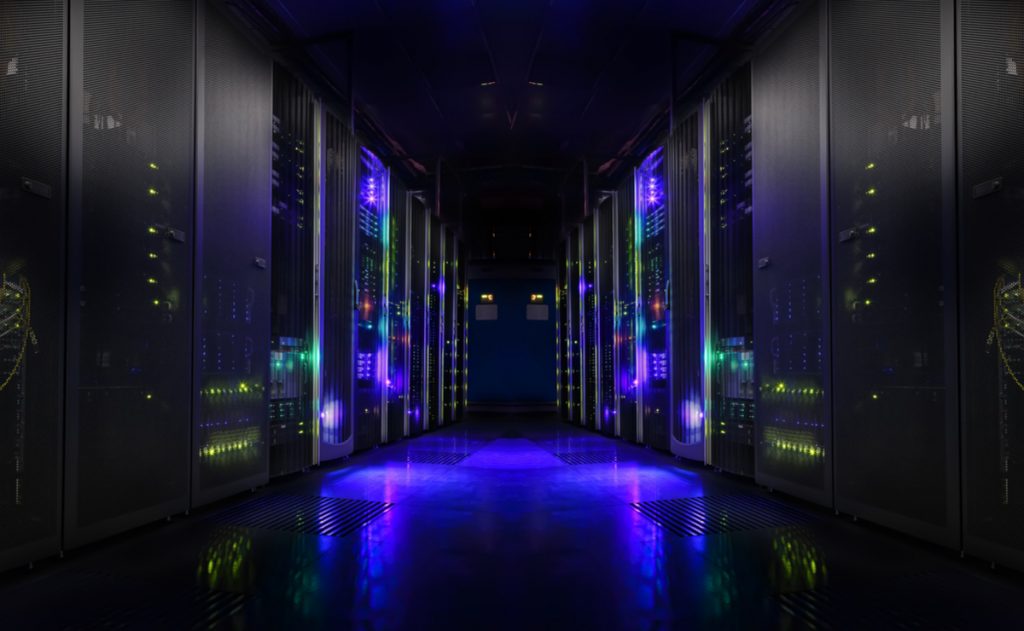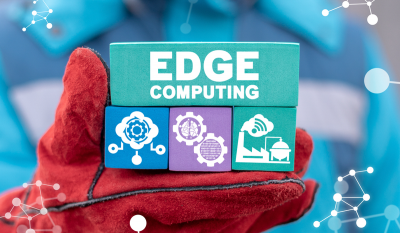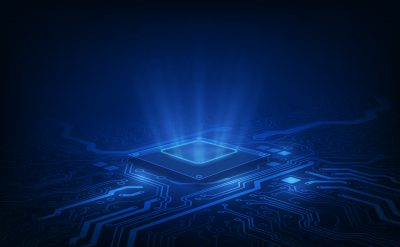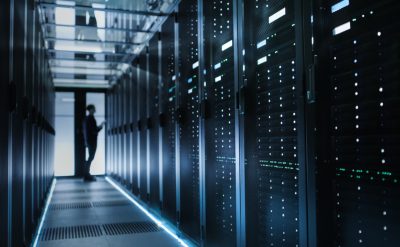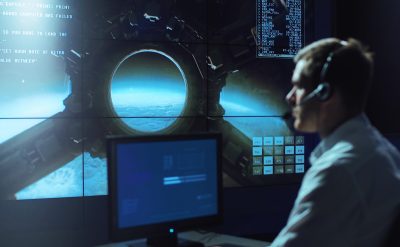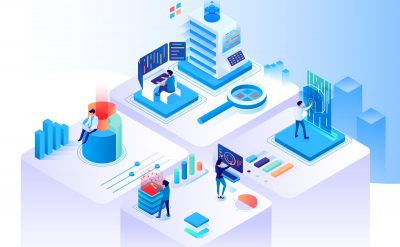The “lights-out” data center, also known as a darkened or a dark data center, is a data center that, ideally, has all but eliminated the need for direct access by personnel, except under extraordinary circumstances. Because of the lack of need for staff to enter the data center, it can be operated without lighting. All of the devices are accessed and managed by remote systems, with automation programs used to perform unattended operations. In addition to the energy savings, reduction in staffing costs and the ability to locate the site further from population centers, implementing a lights-out data center reduces the threat of malicious attacks upon the infrastructure.
However, data centers can be defined by various levels of reliability or resilience, sometimes referred to as data center tiers. In 2005, the American National Standards Institute (ANSI) and the Telecommunications Industry Association (TIA) published standard ANSI/TIA-942, “Telecommunications Infrastructure Standard for Data Centers,” which defined four tiers of data center design and implementation guidelines. Each subsequent tier is intended to provide more resilience, security, and reliability than the previous tier. For example, a tier 1 data center is little more than a server room, while a tier 4 data center offers redundant subsystems and high security. Data center designs also recognize the importance of energy efficiency. A simple data center may need only a few kilowatts of energy, but an enterprise-scale data center installation can demand tens of megawatts or more. Today, the green data center, which is designed for minimum environmental impact through the use of low-emission building materials, catalytic converters and alternative energy technologies, is growing in popularity.
With an increase in the uptake of cloud computing, business and government organizations scrutinize data centers to a higher degree in areas such as security, availability, environmental impact, and adherence to standards. Standards documents from accredited professional groups, such as the Telecommunications Industry Association, specify the requirements for data-center design. Well-known operational metrics for data-center availability can serve to evaluate the commercial impact of a disruption. Development continues in operational practice, and also in environmentally-friendly data-center design.
Power is the largest recurring cost to the user of a data center. A power and cooling analysis, also referred to as a thermal assessment, measures the relative temperatures in specific areas as well as the capacity of the cooling systems to handle specific ambient temperatures. A power and cooling analysis can help to identify hot spots, over-cooled areas that can handle greater power use density, the breakpoint of equipment loading, the effectiveness of a raised-floor strategy, and optimal equipment positioning (such as AC units) to balance temperatures across the data center. Power cooling density is a measure of how much square footage the center can cool at maximum capacity. The cooling of data centers is the second largest power consumer after servers. The cooling energy varies from 10% of the total energy consumption in the most efficient data centers and goes up to 45% in standard air-cooled data centers.
To know more, you can download our latest whitepapers on Data Centers Solutions.




